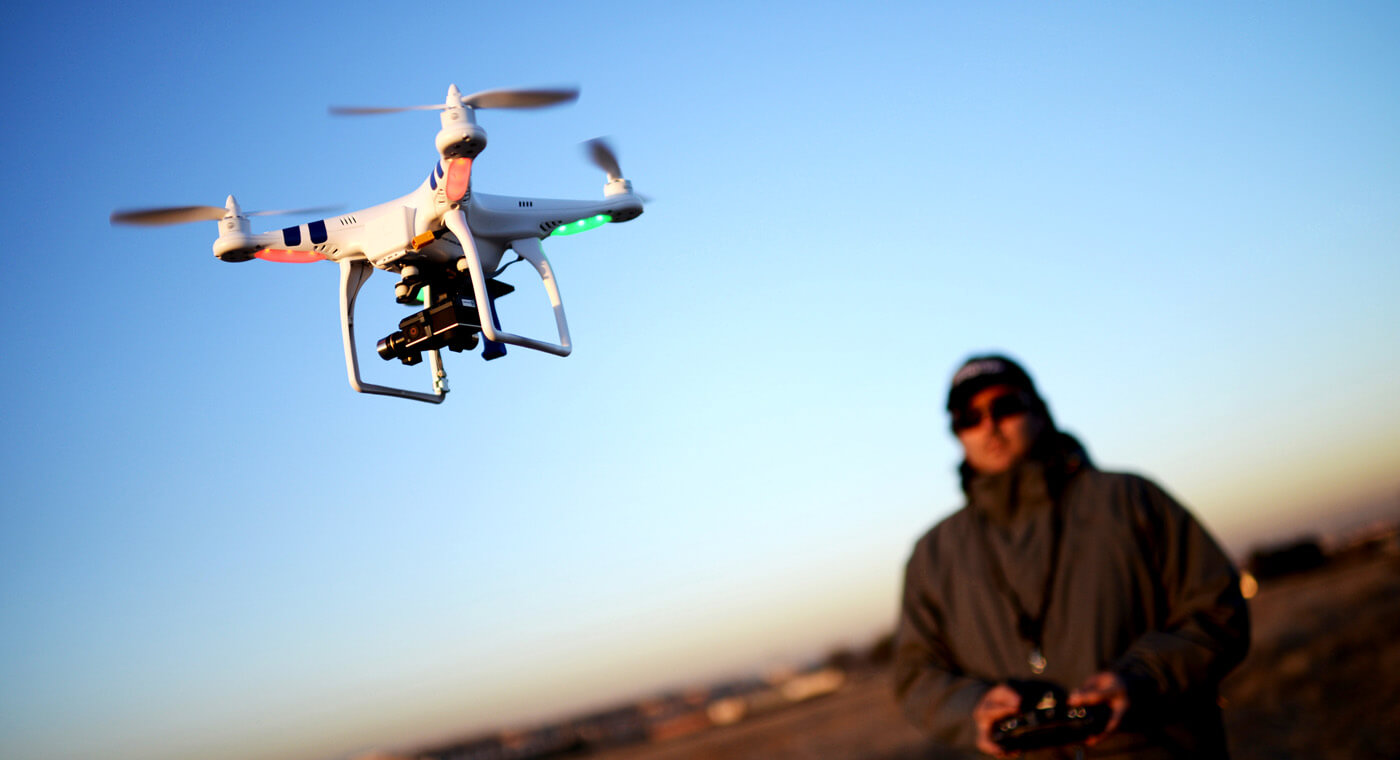Unmanned Aircraft Systems (UAS), commonly called drones, have been identified as a disruptive technology.Their increasing ability to provide new commercial services and operations will cut across the aviation business.Rob Eagles, IATA’s Director, Air Traffic Management and Infrastructure, says “aviation should embrace the changes engendered” by UAS.“UAS operations are based more on automatic and autonomous operations,” he continues.“Likewise, the future UAS Traffic Management (UTM) systems. This is very different from today’s traditional tactical air traffic control operations.”Therefore, the UTM environment could be viewed as a development and proving ground for new thinking, new technology, and a new concept of operations.”
Evolving ATM
New entrants to the aviation market—Google, Space X, Facebook, and Amazon, for example—are already operating at all altitudes, from low to high.
In short, the development of UAS and UTM systems could help drive the safety bar higher
As their businesses expand, their operations will converge quickly with civil aviation. The traffic management system needs to be able to accommodate all parties.“There are significant benefits to be had from work on UTM,” Eagles suggests. “The amount of investment, energy, and focus in this developing sector could help move manned aviation forward.”
This potential transformation of airspace will touch on a number of areas.UTM will doubtless include such evolving technological capabilities as aircraft-to-aircraft communication and data exchange.This will provide new opportunities for traffic management, separation standards, and airspace planning. In short, the development of UAS and UTM systems could help drive the safety bar higher.
One critical factor to support advancements in UAS and UTM is the ease with which technical and performance data can be obtained.It is relatively cheap and quick to operate UAS compared with manned aviation.That means regulatory authorities and relevant partners in the aviation value chain can have quicker access to more operational data to help prove concepts and certify operations.
New business models
UTM could also provide the spark for new business models among air navigation service providers (ANSPs).As the UAS package delivery market, which operates at low altitude, is moving so quickly, many countries may well forego developing a UTM framework through traditional channels.The pace of potential expansion may instead persuade authorities to leave UTM provision to third party, privatized providers.
There is great potential in the established airspace users and new airspace users coming together to find the right solutions
The success or otherwise of such an approach will doubtless have implications for ANSP business models—and airspace users’ costs—going forward.
Whatever transpires, Eagles insists that airlines (manned aviation) must be involved in the UTM development.“Otherwise, there will be another layer of complexity for all airspace users to deal with,” he says.“But there is great potential in the established airspace users and new airspace users coming together in partnership to find the right solutions.“The manned aviation industry has many years of experience, and scars, related to advancing aviation operations,” he adds.“This knowledge is priceless and can be used to challenge how we do things in aviation today to benefit everyone in the future.”
UTM building blocks
What a good UTM framework would look like is still the subject of debate.The US and Europe are actively testing and designing UTM systems. Additionally, work is advancing quickly in Japan and Singapore.
Many discussions take a holistic approach to future airspace regulatory and operational requirements
It’s clear that UTM capabilities will be implemented incrementally over the next few years.“We need the EU to be in the driving seat and have a safe drone services market up and running by 2019,” Transport Commissioner Violeta Bulc has noted.
“The EU needs to take a leading role worldwide in developing the right framework for this market to flourish.”Airbus sees the work initiated in Europe as promising.
“The European Commission’s U-Space vision is a welcome step forward in paving the way for the development of an EU drone services market,” says Mathias Thomsen, General Manager for Urban Air Mobility at Airbus.“We encourage authorities to opt for a framework where urban air mobility services offer integrated interfaces with manned aviation that rely on a very high level of automation, connectivity and digitization for both the drone and the U-Space system.”
In Australia, Minister for Infrastructure and Transport Darren Chester says the Australian Government is committed to “fostering an environment that ensures the safety of commercial and privately-owned aircraft, drone operators, and other people and property, while facilitating growth and innovation in the use of drones in Australia.”
He notes that Civil Aviation Safety Authority regulations should support the potential of drone operations to improve productivity, reduce costs and improve workplace safety across a range of industries and applications.
“We want to gain an understanding of how registration, education and training, geo-fencing and shielding capabilities could impact on both commercial and recreational drone operations within Australia,” Chester says.
Many discussions take a holistic approach to future airspace regulatory and operational requirements, with UTM assumed to operate in conjunction with civil airspace.
There are those, however, who argue such integration is unlikely to be necessary. As certain UAS operations—deliveries at low altitude perhaps—will seldom, if ever, share the skies with manned aircraft, the suggestion is that a flight plan, predefined corridors, and the bare minimum of regulation would be enough to cope.
The number of UAS flights in the future means we need a clear structure in place to manage them
In any case, Eagles explains that there may be unexpected consequences for those responsible for managing and overseeing UTM.The economic and political context for future UTM operations may be completely different. Third-party oversight providers and competition might be both possible and practical.
Inclusive message
Eagles says IATA’s is a positive, inclusive message. UAS operations and UTM are developing new thinking and—while safety and efficiency are always the primary concern—the opportunity to reshape the future for all airspace users, manned or unmanned, is readily apparent.
The number of UAS flights in the future means we need a clear structure in place to manage them that doesn’t negatively impact other airspace users “It is essential that we ensure safe airspace operation and integration occurs where unmanned and manned systems overlap,” he says.
“To do this, we need new concepts of operation capable of accommodating diverse operations that most probably will be introduced at a previously unseen pace in aviation.“Most importantly, the number of UAS flights in the future means we need a clear structure in place to manage them that doesn’t negatively impact other airspace users or jeopardize safety in any way.”





